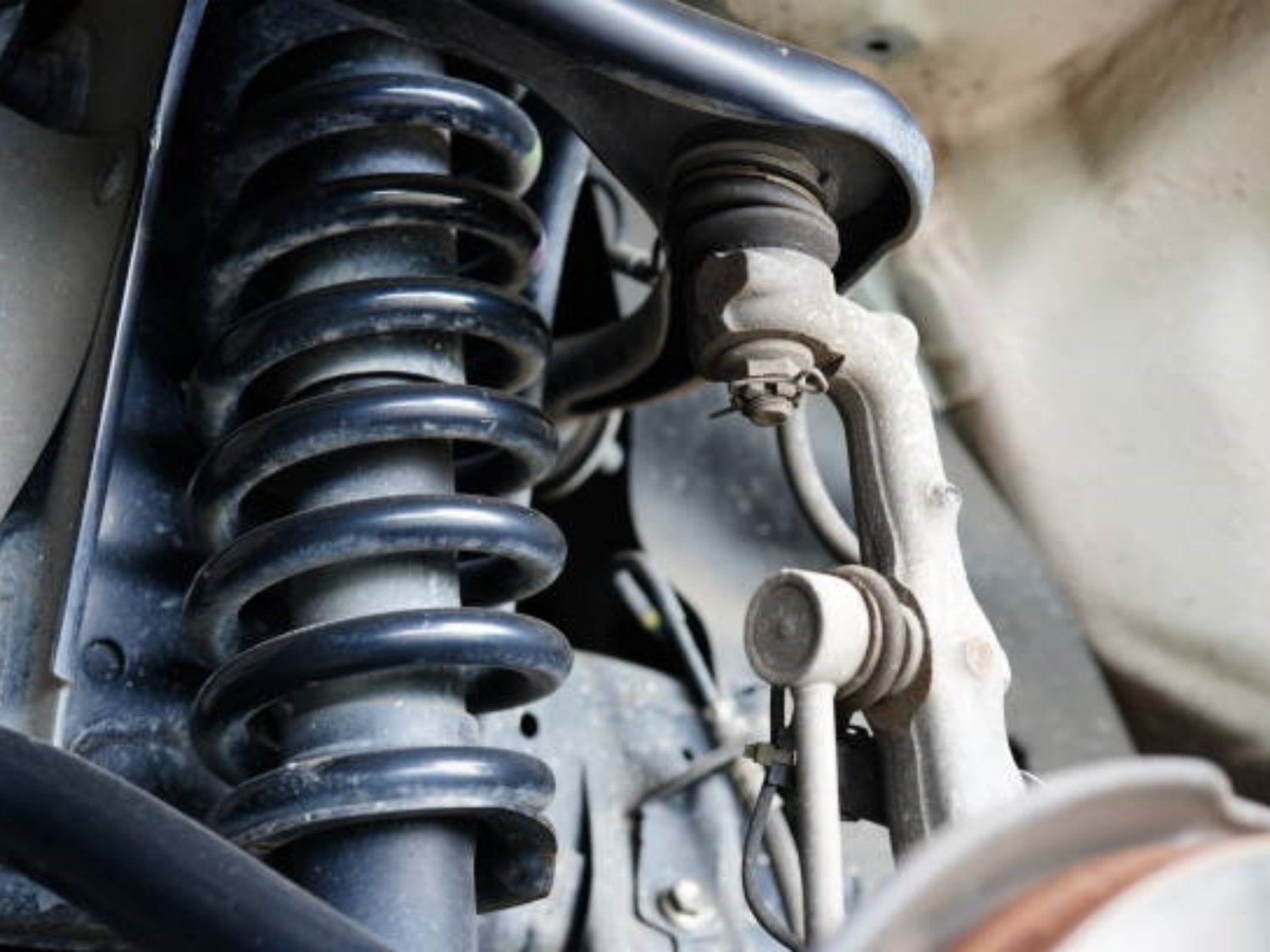Introduction: Understanding car suspension springs
Car suspension springs play a crucial role in ensuring a smooth and comfortable ride. These vital components of a vehicle's suspension system absorb shocks and vibrations from the road, providing stability, control, and safety. In this article, we will delve into the various aspects of car suspension springs, exploring their types, functions, maintenance, and more.
The Different Types of Car Suspension Springs
Car suspension springs come in various types, each designed to serve specific purposes. Here are some of the most common types:
1. Coil Springs
Coil springs are widely used in modern vehicles due to their versatility. These springs consist of tightly wound coils that compress and expand to absorb bumps and vibrations. They can be found in both front and rear suspensions, providing a balance between comfort and performance.
2. Leaf Springs
Leaf springs, commonly used in trucks and SUVs, are made up of multiple curved metal strips or leaves that are stacked together. They are known for their durability and ability to handle heavy loads. Leaf springs are primarily used in rear suspensions, offering excellent load-carrying capability.
3. Torsion Bars
Torsion bars are long, metal bars that twist under load to provide suspension support. They are often used in sports cars and some trucks. Torsion bar suspensions offer a lower ride height and improved handling, making them popular among performance-oriented vehicles.
4. Air Springs
Air springs, also known as airbags, use compressed air to support the vehicle's weight. They can be adjusted to different pressures, allowing for variable ride heights and improved comfort. Air springs are commonly found in luxury vehicles and heavy-duty trucks.
The Functions of Car Suspension Springs
Car suspension springs serve several important functions that contribute to the overall performance and safety of a vehicle. Let's explore these functions in more detail:
1. Shock Absorption
The primary function of car suspension springs is to absorb shocks and vibrations from the road surface. By compressing and expanding, the springs absorb the impact of bumps, potholes, and uneven terrain, providing a smoother and more comfortable ride for the occupants.
2. Weight Distribution
Suspension springs help distribute the weight of the vehicle evenly across all four wheels. This ensures better traction and improves handling and stability, especially during cornering or sudden maneuvers.
3. Support and Stability
The springs provide support to the vehicle's chassis and body, preventing excessive bouncing and swaying. They help maintain stability and control, reducing the risk of rollovers and maintaining tire contact with the road surface.
4. Height Adjustment
Some suspension systems, such as air springs, allow for height adjustment. This feature enables the driver to raise or lower the vehicle's ride height, improving ground clearance or enhancing aerodynamics as necessary.
Maintaining Car Suspension Springs
Proper maintenance of car suspension springs is essential to ensure their longevity and optimal performance. Here are some tips to keep your suspension springs in good shape:
1. Regular Inspections
Have your suspension system inspected by a qualified mechanic at regular intervals. They can identify any signs of wear, damage, or misalignment in the springs and recommend necessary repairs or replacements.
2. Check for Sagging
Monitor your vehicle's ride height regularly. If you notice any significant sagging, it may indicate worn-out springs that need to be replaced. Sagging springs can negatively impact the vehicle's handling and compromise safety.
3. Avoid Overloading
Avoid exceeding the recommended weight limit for your vehicle. Overloading can put excessive strain on the suspension springs, leading to premature wear and reduced performance.
4. Drive with Care
Drive cautiously and avoid rough roads whenever possible. Excessive impacts and harsh driving can accelerate wear on the suspension components, including the springs.

